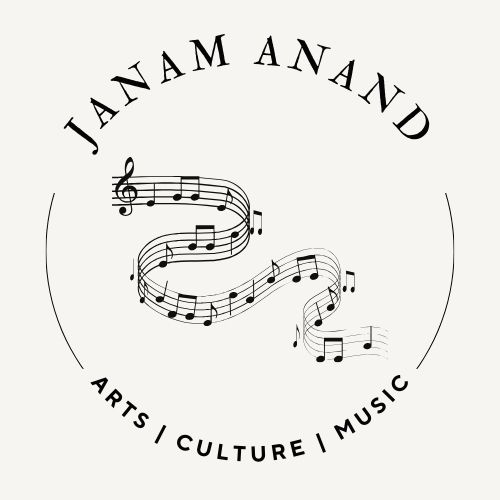Art has always been a powerful vehicle for social change, reflecting and shaping the political and cultural climates of its time. Throughout history, art has played a critical role in social movements, serving as a tool for protest, a means of solidarity, and a form of communication that transcends linguistic and cultural barriers. Here’s an exploration of how art has influenced and been influenced by social movements.
Art as Protest
One of the most potent ways art contributes to social movements is through protest art. This form of art challenges the status quo, criticizes oppressive systems, and calls for change. For example, during the Civil Rights Movement in the United States, artists like Charles White and Jacob Lawrence created works that highlighted the struggles and resilience of African Americans. Lawrence’s “Migration Series” poignantly depicted the mass movement of African Americans from the rural South to the urban North, bringing attention to their search for better living conditions and civil rights.
Street art and graffiti have also emerged as powerful forms of protest. Banksy, the anonymous British street artist, uses his work to comment on political issues such as war, consumerism, and government surveillance. His art appears in public spaces, making bold statements that are accessible to all, often prompting immediate and widespread discussion.
Art as Solidarity
Art fosters a sense of solidarity among those involved in social movements, creating a shared visual language that unites activists and supporters. Posters, murals, and banners often feature symbols and slogans that resonate with a movement’s goals and values. For instance, the raised fist has become an enduring symbol of resistance and solidarity, prominently featured in art related to movements such as Black Lives Matter and various labor strikes.
Murals, in particular, have been powerful tools for expressing solidarity. The Chicano Mural Movement in the 1960s and 1970s used large-scale public murals to celebrate Mexican-American culture and address issues like racism and economic inequality. These vibrant murals not only beautified neighborhoods but also served as daily reminders of the community’s shared struggles and aspirations.
Art as Communication
Art transcends linguistic barriers, making it an effective means of communication in social movements. Visual art can convey complex messages and emotions in a way that words alone cannot. This universality allows art to spread messages quickly and effectively, reaching diverse audiences across different cultures and backgrounds.
During the anti-apartheid movement in South Africa, posters and prints played a crucial role in raising awareness and mobilizing international support. Artists like Gavin Jantjes and Thami Mnyele used their work to expose the brutal realities of apartheid and to galvanize both local and global communities into action.
Art as Healing and Empowerment
Beyond protest and communication, art also serves as a means of healing and empowerment for individuals and communities involved in social movements. Creating art allows people to process trauma, express their identities, and reclaim their narratives. The Feminist Art Movement of the 1970s, for example, sought to address the marginalization of women in the art world and society at large. Artists like Judy Chicago and Miriam Schapiro used their work to explore themes of female identity, sexuality, and power, providing a platform for women’s voices and experiences.
In contemporary times, projects like the “Amplifier” campaign use art to support movements such as women’s rights, climate action, and gun control. By commissioning and disseminating powerful visual art, Amplifier helps to amplify the voices of marginalized communities and inspire activism.
Conclusion
Art’s role in social movements is multifaceted. It acts as a catalyst for change, a tool for unity, a medium for communication, and a source of empowerment. Its ability to evoke emotion, provoke thought, and inspire action makes it an indispensable part of any social movement. As societies continue to evolve and confront new challenges, art will undoubtedly remain a crucial element in the ongoing struggle for justice and equality.

